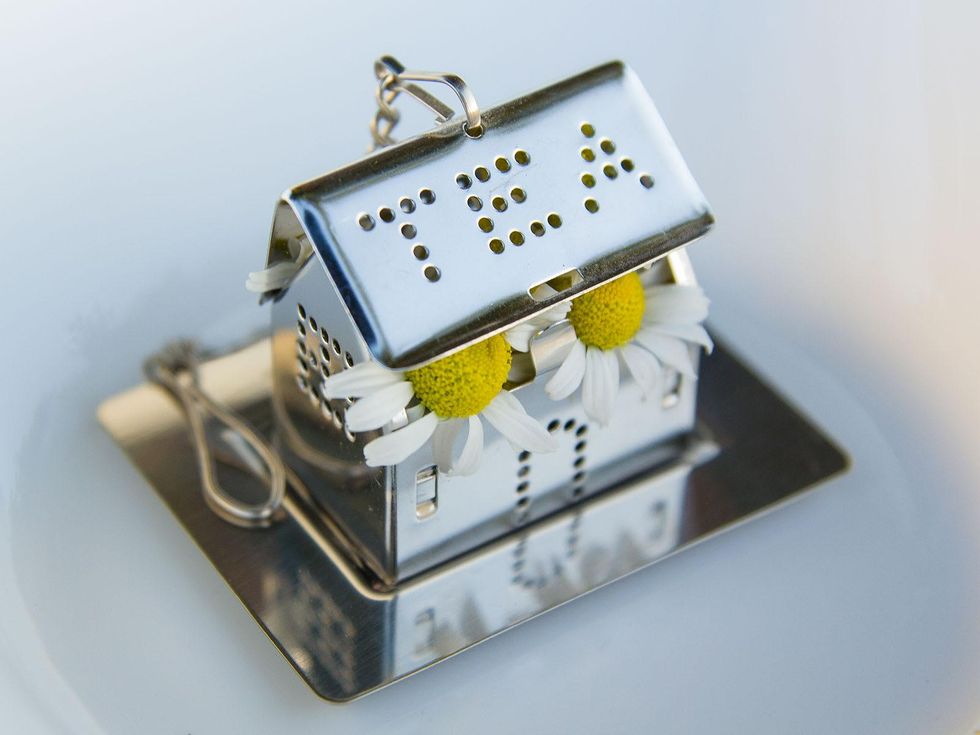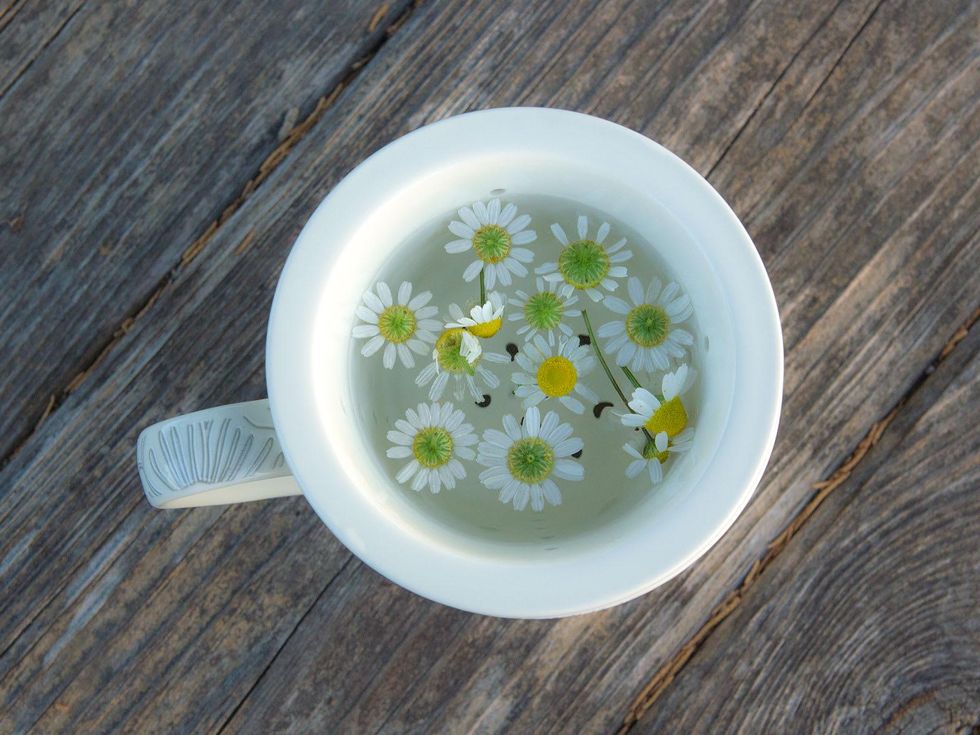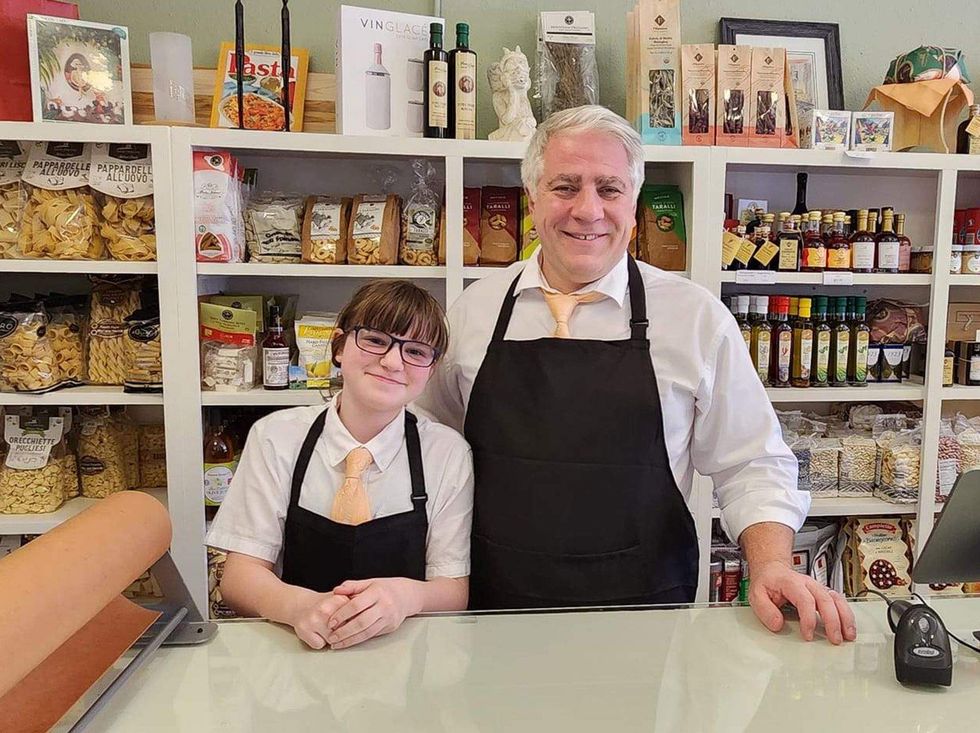The Farmer Diaries
New herb garden becomes Texas farmer's cup of tea
I tend to be a practical farmer, focusing on okra, squash, zucchini, kale, onions, tomatoes — whatever can be fried, steamed or boiled and served as the major part of a meal. Anything else has always seemed a waste of time and space, a luxury I could do without.
Then last January, I met Michael Schoder of Sundown at Granada who showed me a stash of dried herbs he had grown in his parking lot garden. They included mint and chamomile, which he used to flavor drinks and brew his own tea.
Herbs used for dinner like basil and cilantro, I already grew. And I'm a regular chamomile tea drinker. But it had never crossed my mind to grow it myself.
Inspired by his success, I bought a pack of common chamomile seeds and sowed them in a six-pack starter tray in my greenhouse. I only started six plants because this was a trial; I didn't want to go all out.
They sprouted along with everything else I started for spring transplanting. In the cold weeks that followed, they grew up quickly with little care. Once spring arrived and the last frost of the season was behind me, I planted them in a four-foot square raised bed.
Chamomile is a perennial, so I chose a spot that I could dedicate to them for years to come. I prepared the soil in the bed with a double dose of the basic soil amendments I've found to be helpful. I also added Azomite, a product that's composed of volcanic dust that boosts plant health with trace minerals.
With fresh flowers instead of dried, I discovered how good a cup of chamomile tea could be.
By May, each plant had grown into a pretty mound of dark green and delicate, airy leaves. Soon, they were topped with daisy-like blossoms with white petals and a yellow center — the fruit of the crop. The flowers emitted a fragrance that reminded me a little of apples.
I have always been a drinker of chamomile tea bought from the store, but the intensity of the fragrance that wafted from my bed of fresh chamomile made me think that I had never really drunk a good cup.
I picked five flowers and steeped them in a cup of hot water; I wasn't sure if there was something I needed to do to the chamomile before I steeped it. But steeping fresh or dried chamomile flowers in hot water is all you need to do to make chamomile tea.The flavor of my first brew was a cross between green apples and lavender. With fresh flowers instead of dried, I discovered how good a cup of chamomile tea could be.
Now in June, the plants have filled out most of the beds and continue to send up a robust yield of flowers. I pluck them off and place in a single layer on an old cookie tin. What I can't use fresh is dried in a dark, cool cupboard for later. Once dried, chamomile will keep indefinitely, but it loses flavor as it ages past about a year.
To keep the plants in good shape, I've mulched the bed with a layer of cardboard topped with wood chips. The mulch keeps the soil evenly moist so that I only need to water the bed about every three days.
Chamomile has proved to be nearly pest-free, though I did find a small caterpillar taking some for himself once. I don't object; there's plenty to go around. But the encounter made me wonder if commercially harvested chamomile might be full of insects or loaded with pesticides. Picking by hand, I can easily spot the beetles drinking nectar and brush them off before I harvest the flowers.
In my attempt to bypass industrial agriculture and grow my own food, I can now scratch chamomile tea off my shopping list. That amounts to a savings of almost $250 per year, and I drink a far superior cup of tea.




 Ari Lowenstein and aide at Ari's PantryAri's
Ari Lowenstein and aide at Ari's PantryAri's